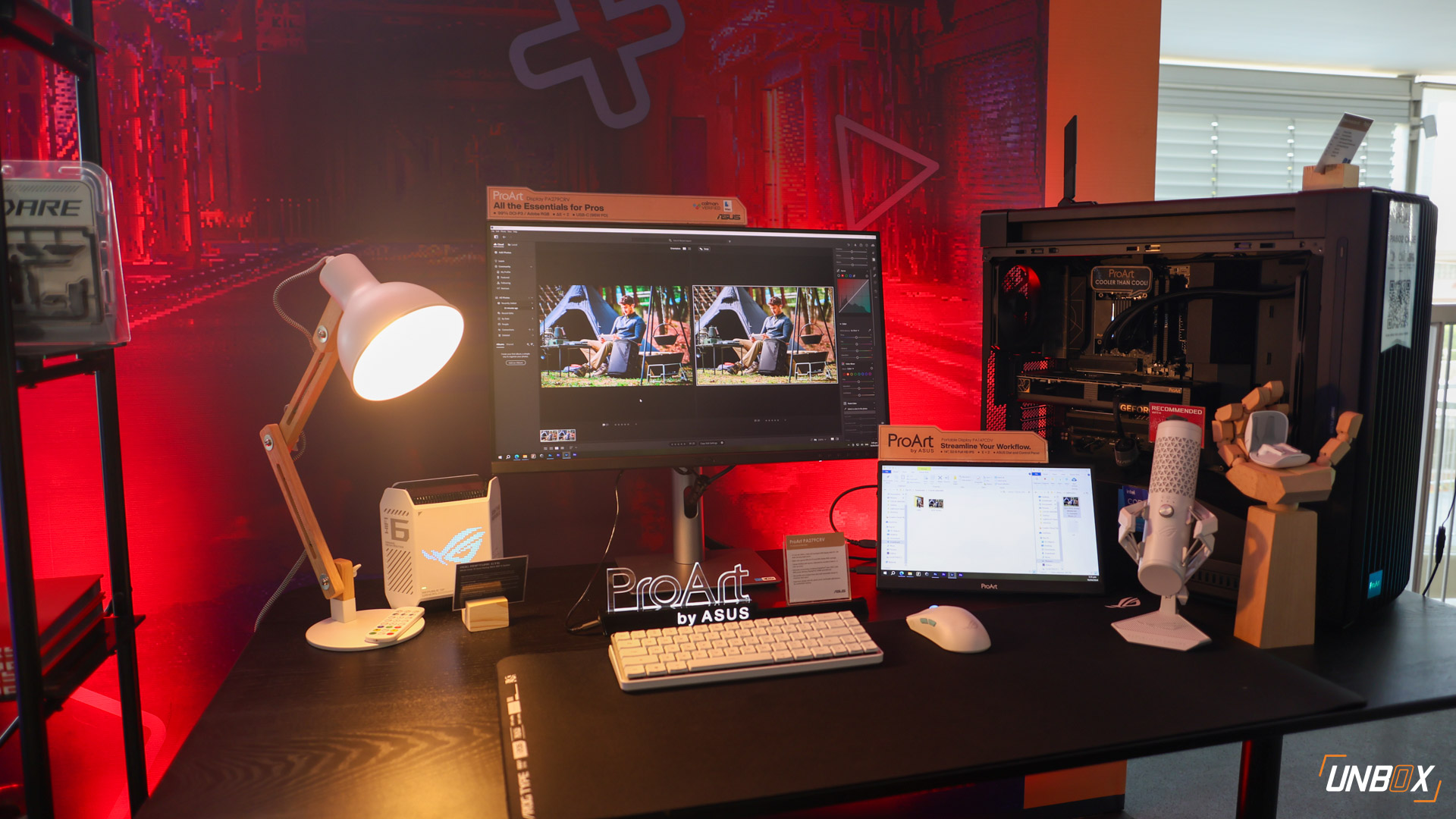Linksys’ new routers are a godsend
We’ve never had a telco-provided router that has had a WiFi signal strong enough to reach the entirety of our 230-square meter home. It’s not really the router’s fault – radio signals have trouble penetrating the concrete walls that make up a typical bungalow in the Philippines, which has forced us, throughout the years, to use additional wireless modems placed in strategic locations.
But configuring additional modems is an annoying task, and isn’t something that regular people can do on their own. That’s where Mesh WiFi systems like Linksys’ Velop come in.

What is it?
Linksys’ new Velop routers are part of a new breed of WiFi systems, called mesh routers. A complete mesh system has multiple broadcast points for a stronger WiFi signal, enveloping your home with a strong, reliable WiFi signal that virtually eliminates dead spots around your house.
Mesh systems are useful for homes that have weird layouts or are constructed out of hard to penetrate materials like concrete and brick, much like the typical Filipino bungalow.
You can buy Linksys’ Velop routers in singles, doubles or triples, though the company recommends buying the triple pack if you live in a particularly spacious house.

The design of the Velop is very modern and sleek. The rectangular nodes have a single LED light on the top that tells you its current status at a glance. There are two ethernet connections at the rear plus a power plug.

How’s the setup like?
Incredibly easy. You just have to plug in one of the routers into a free ethernet port at the back of your modem/router, download the app and follow the instructions from there. For reference, our connection is PLDT’s 50Mbps Fibr Plan which came with its own router/modem.
Once you have one node set up, you can keep adding nodes via the app. Take note that each node needs to be within the range of the previous one so it can amplify the WiFi signal.
The LED lights on the top of each note denote its status. A steady blue light signifies its connected to the internet, red means no internet access, blinking red means out of range and yellow designates a weak connection.
You can also hardwire the nodes if you’re putting them out of range from each other.

Does it really help your home WiFi connection?
Yes, it does. Before we installed the Velop, we struggled to get around 60% of the house covered with WiFi, and that’s with an additional router installed.

With the Velop, there’s virtually no dead spots in our house. For reference, our home is a typical 4 room, one story bungalow that’s primarily made out of concrete, common for the Philippines.

Linksys’ app gives you a quick snapshot of the overall health of your WiFi network, as well as how many devices are connected and access to advanced features. You can, for example, put parental controls on specific devices to control your kid’s usage of the net, turning it off during certain hours of the day (when they should be sleeping or eating).

There’s also prioritization features that give certain devices higher priority when it comes to bandwidth.
We experienced roughly the same speed with the Velop routers as we usually did with the WiFi/modem combo that PLDT gives you when you sign up. The difference is that now you’ll get to enjoy that same speed no matter where you are, not just in the room where the router is in.
Take note though that this particular model of the Velop is dual-band, with the tri-band model going for much more.

Verdict: It’s a good investment for people who are tired of dead spots
I’ve been trying to eliminate dead spots around my house since forever, and have tried multiple router/extender combos that don’t even come close to what the Velop delivers. You could theoretically replicate the Velop’s performance yourself using cheaper routers and plenty of wires but is it really worth the hassle?
The Velop isn’t cheap, however. Priced at Php 5995 for the single node. Php 10,995 for two nodes and Php 15,995 for the three-pack, it’s quite pricey. But the ease of installation and setup plus the additional features it gives you makes the purchase of the Velop worth it.







